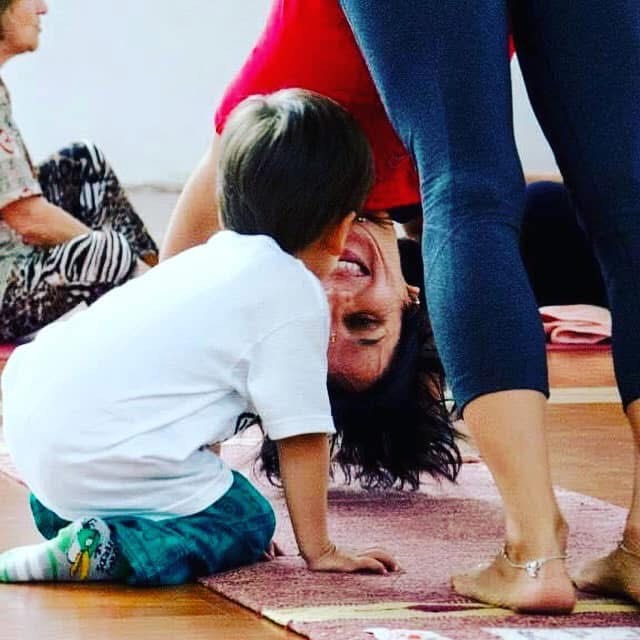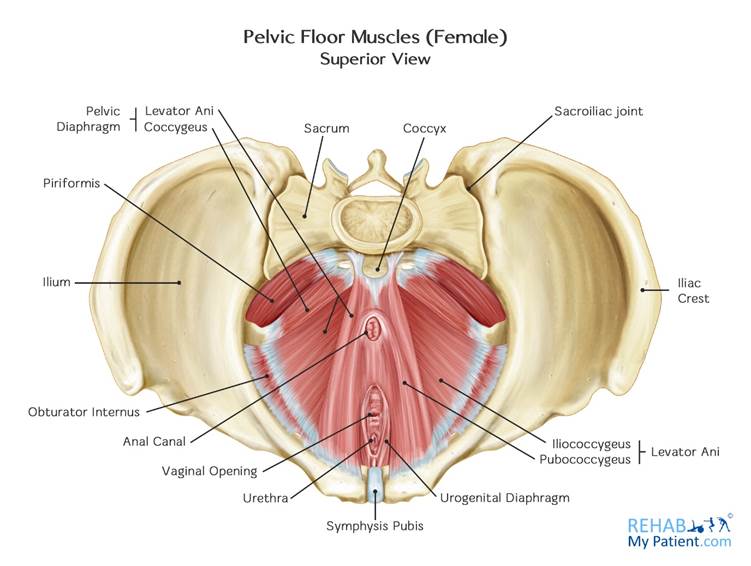When I was pregnant with Kalindi I experienced a sense of universal sisterhood. Suddenly women could relate to me, even women who had never been pregnant. Suddenly everyone cared about my comfort – from messages on Instagram to doing whatever possible to make me comfortable in restaurants and other public spaces. For my part I appreciated this experienced, and looked for stories of other women who could help me approach this beautiful and special time in a healthy and balanced way. Most pregnant women do the same.
In particular I wanted stories from other yogis. How did they approach their practice when they were pregnant. What was the impact this experience had on their pregnancy and later motherhood. Was their practice changed forever? Does the body ever go back to the familiar shapes and contours of ‘before’? Although I found a lot of information on the internet, there was surprisingly little about the pregnant yogi’s experience. I decided to change that.
I came across Mariela Cruz’s story in a book called Yoga Sadhana for Mothers (which I’ve reviewed in this post.) Her story was intense, she was in and out of pregnancies for 21 years…









